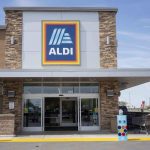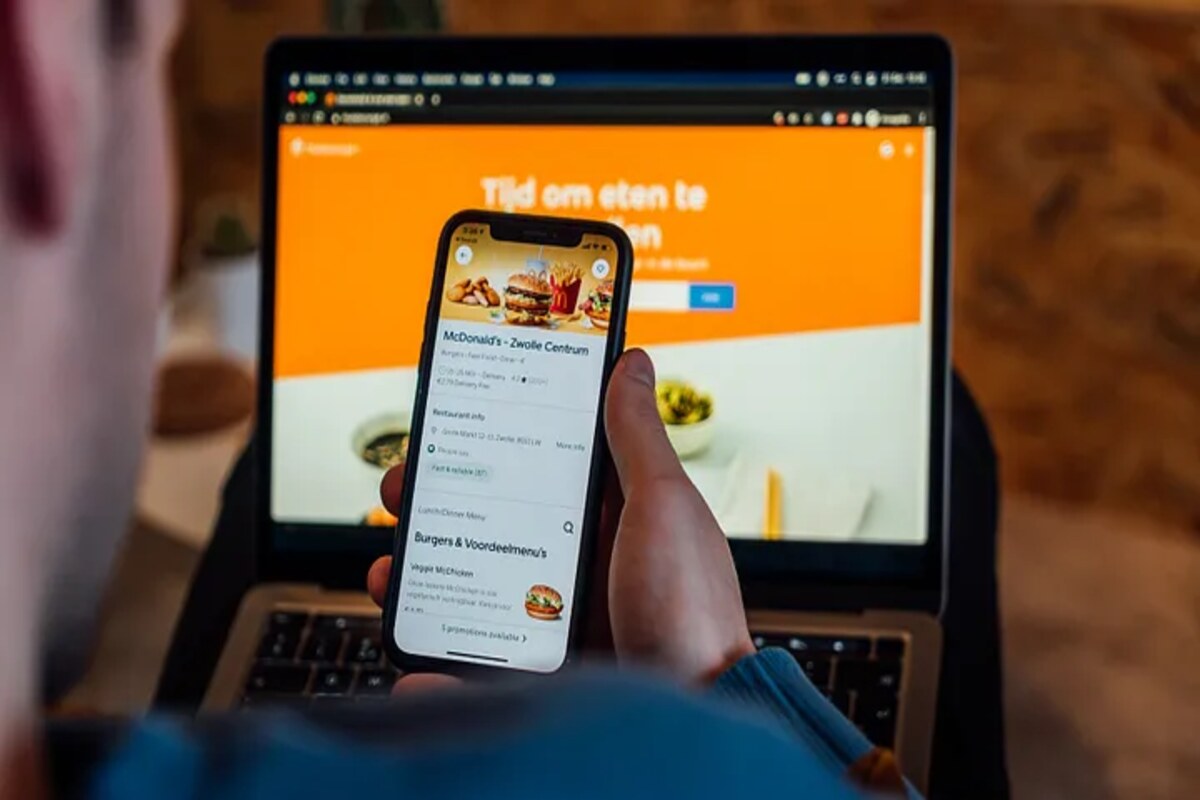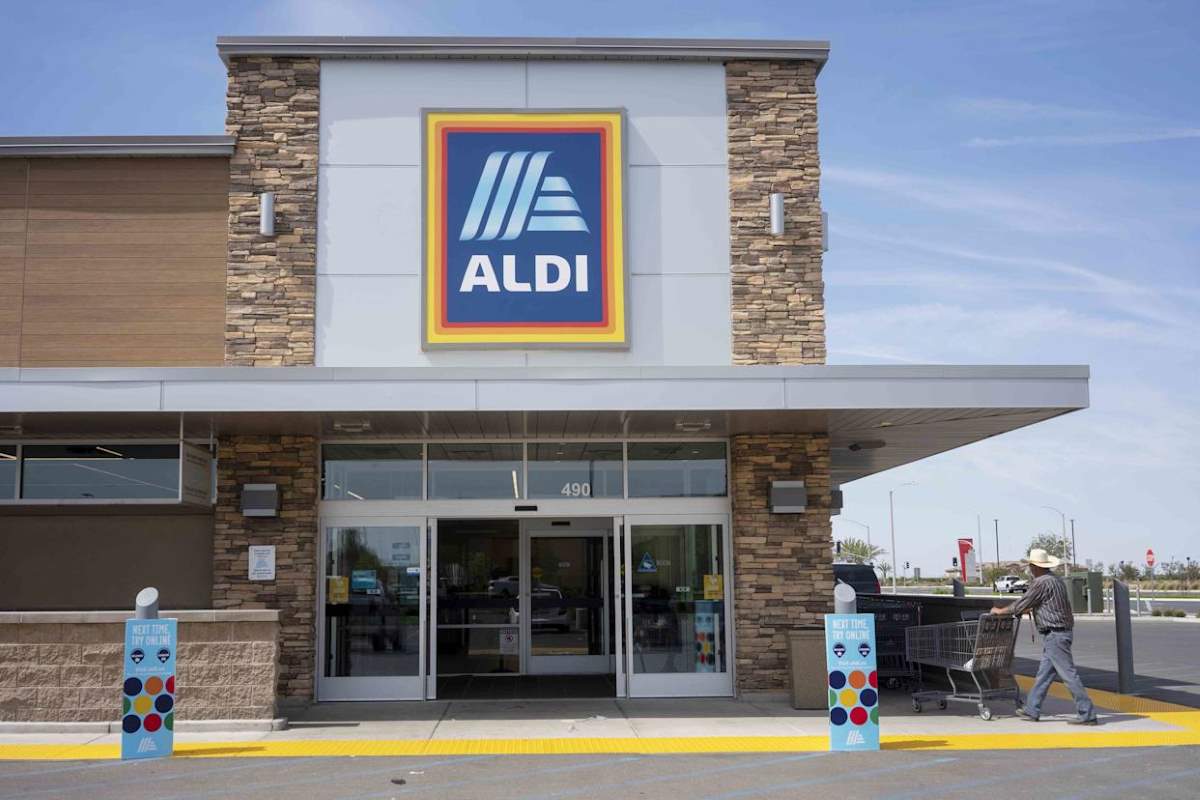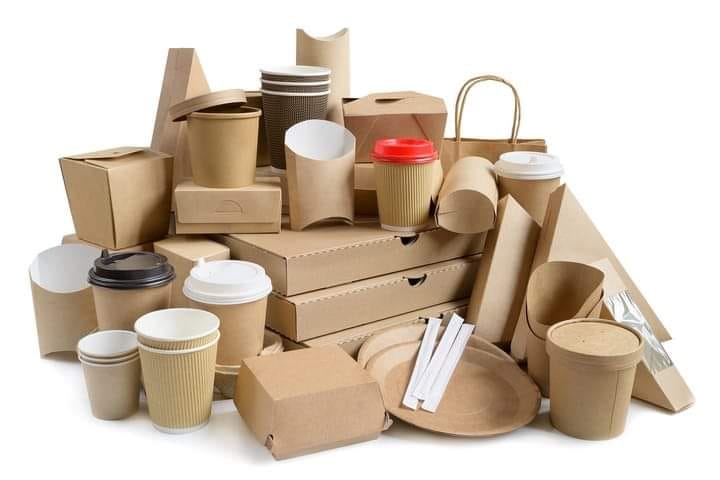The adoption of AI in food delivery should not be surprising because technology is disrupting every known industry. Like other manufacturers, food companies have since commenced AI integration in several activities on their production floors. Consequently, some food chains are adopting AI to spread its tentacles to the customer-fulfilment aspect of their business.
This piece focuses on how the use of AI in food delivery is affecting or is likely to affect consumer experience. We are honing in on the food delivery market thanks to a 2023 research. In the study, Allied Market Research estimates that the food delivery market will balloon from a $343.7 billion valuation in 2022 to $1.3 trillion by 2032.
With this information, you need not wonder why Jeff Bezos, a tech billionaire, is betting on Amazon Fresh. So, sit back as we unravel what AI has to offer in food delivery services.
AI in Personalized Meal Recommendations
You have just updated the mobile app serving as the channel for placing your lunch orders. However, after the installation is completed, a notification encouraging you to place an order with the help of a new AI assistant pops up. Let us explain how it works before you naysay and write off the AI assistant as a ploy to steal your data.
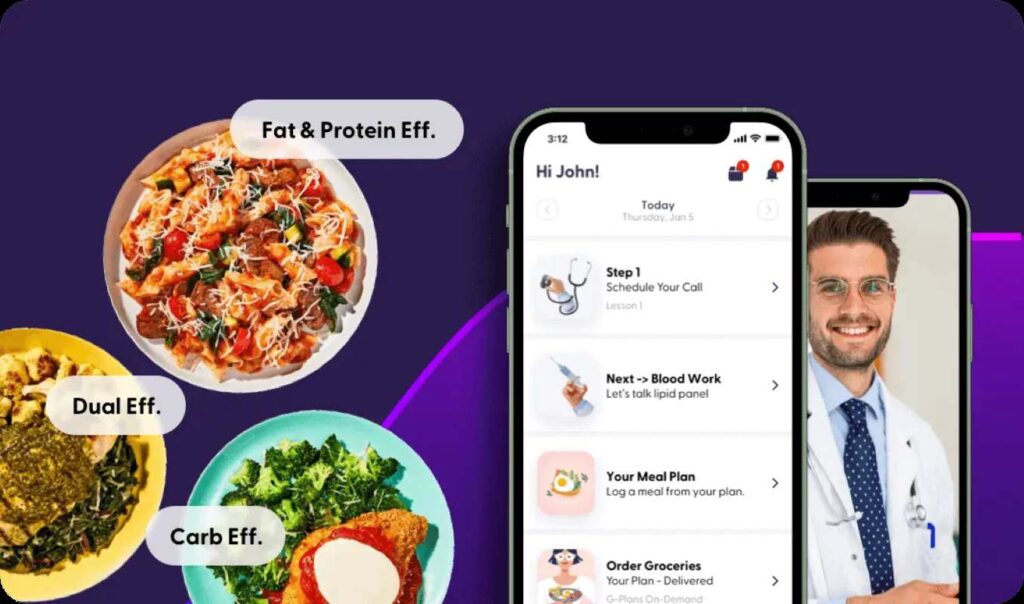
Food companies that offer digital fulfilment services now engage in predictive analytics in food service. Often, this entails vendors using customer data in their database and those shared in real-time exchanges with a chatbot to provide personalized meal recommendations to the app user. Weight, height, age, BMI, target energy intake, and other health conditions are examples of user data used for such predictions. The goal is to compare the profile of the probing user to templates in the AI repository and recommend the best-fit meal plan.
Besides meal suggestions, AI technology now allows dynamic pricing in restaurants and on food orders. Consequently, customers can enjoy great deals and real-time pricing adjustments based on loyalty, product demand or competitor promotions. In addition, you could sidestep anxiety on food orders by tracking the ETA on AI-enabled apps.
ALSO READ: Lab-Grown Meat: Will We Be Eating It in the Next 10 Years?
Chatbots and Virtual Assistants in Food Ordering
Most of us have unconventional food orders that need a tailored food delivery service that saves time, money and refrigerator space. However, such gourmet orders usually require the intervention of a customer care agent. Interestingly, some food order and delivery services now offer apps that feature a chatbot customer support. Most of these AI agents have been designed to be emotionally intelligent, helping you to complete that order with minimal hassle.
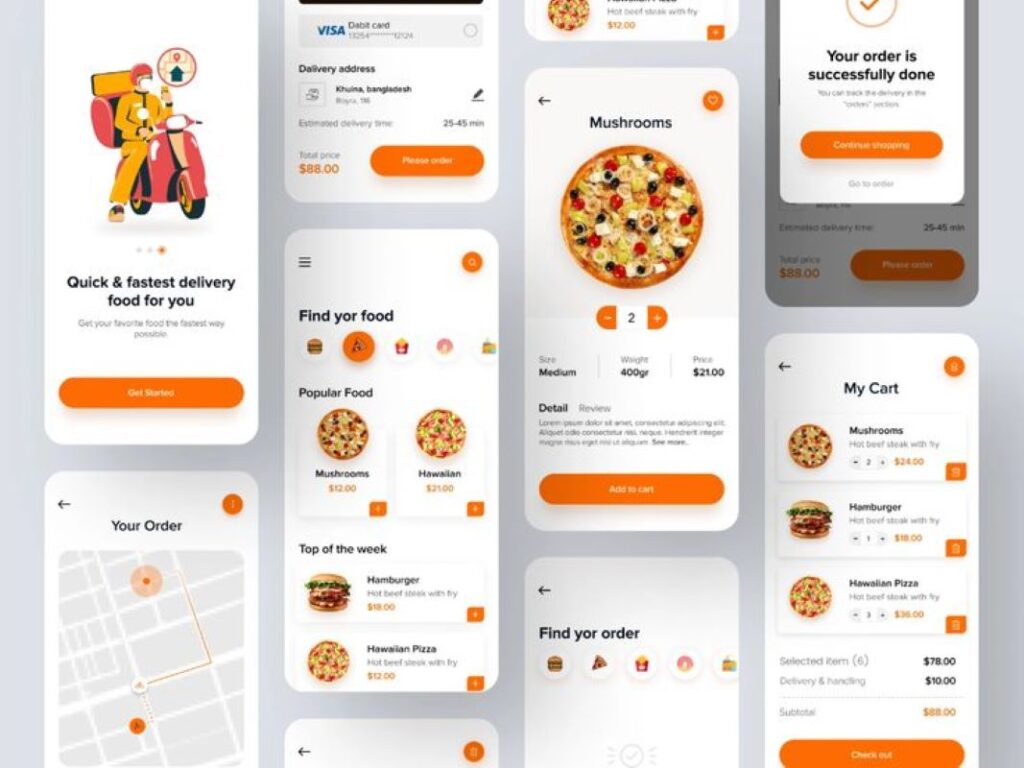
There are several merits to AI and chatbot integration in food tech. For one, they are available round-the-clock and are not subject to fatigue. While human customer agents may sometimes need to escalate queries and complaints on food orders, chatbots will provide real-time feedback.
Chatbot customer support beats down operational costs for the company in charge of the food delivery logistics.
Predictive Analytics for Efficient Operations
Technologies that aid proactive operations aid minimal loss of the food vendor’s resources. When the vendor incurs minimal loss, they can continue offering services with competitive prices and enjoy customer loyalty. Uber Eats is an example of a company that deploys AI in food delivery. Like the dynamic pricing in restaurants, they use AI to monitor competitors’ pricing and automatically match up. In addition, Uber Eats uses predictive analytics to anticipate rush hour or bad weather and its implications on order traffic.
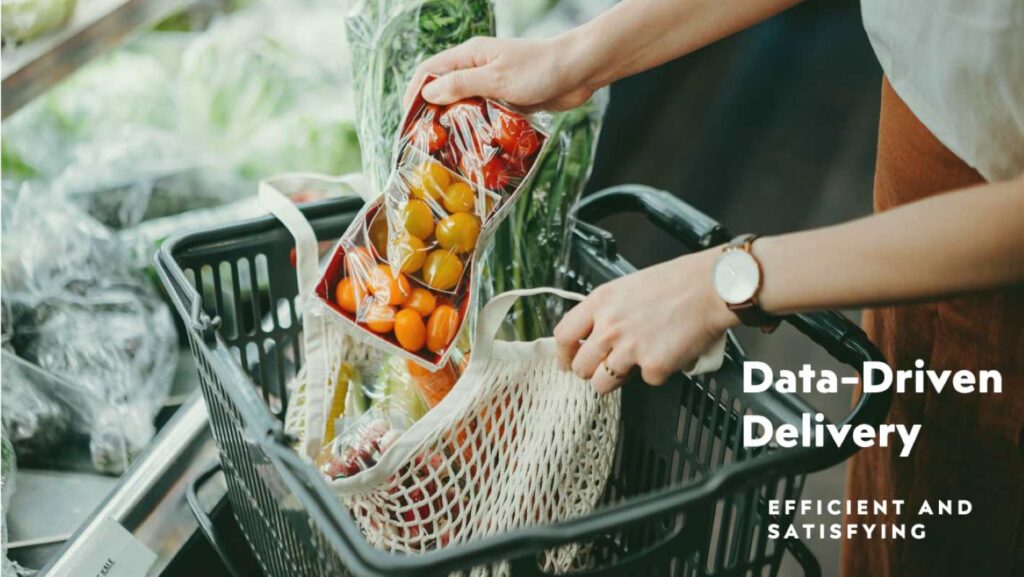
Predictive analytics helps vendors to optimize inventory management. Restaurants are cutting down losses of stocked material by adopting this technology. AI helps food companies forecast delivery orders, customer traffic and the manpower required by each local fulfilment center.
AI in Delivery Route Optimization
When delivery times are extended, customer satisfaction and reviews naturally plummet. So, AI delivery route optimization systems are essential for the logistic activities of food vendors. For example, a pizza company received an order from another side of town without knowing that a recent accident has caused a traffic jam on the linking route. With the help of an AI-powered delivery system, the pizza company can arrive at a compromise, say drone or jet-pack delivery. An easier escape is to inform the customer upfront of the situation and that their order may arrive late.
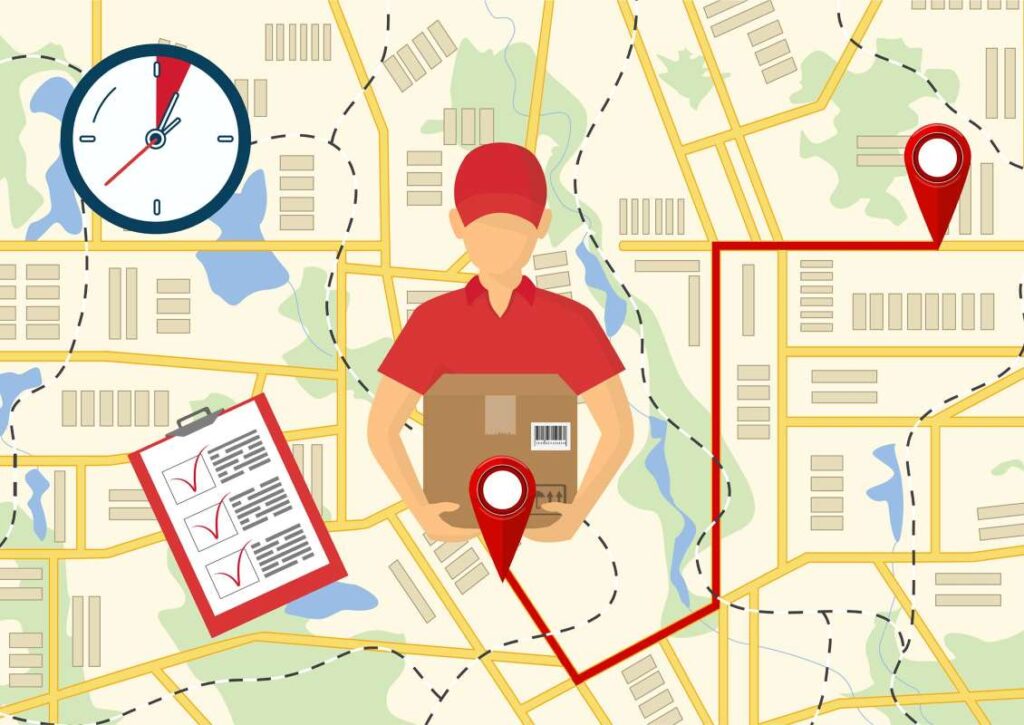
Besides, AI delivery route optimization will help drivers reduce time spent in traffic and fuel consumption. Similarly, something similar to the cluster order assignments through AI adopted by ride-hailing services will make food delivery equally more efficient.
ALSO READ: Pizza Chain, Domino’s, Initiates Cash Giveaway for Customers
Ethical Considerations and Challenges
Depending on what side of the table we sit on, we may see AI adoption in the food industry as either a treat or a threat. Due to the magic AI adoption does to the balance sheet of food companies, they often see it as a step in the right direction.

However, ethical concerns exist about AI adoption in the food industry. For example, several job losses have occurred in the food industry thanks to AI adoption. In addition, industry watchers are expressing reservations about customer data privacy. Finally, it is no longer news that AI algorithms sometimes hallucinate, make up responses and offer biased recommendations.
Hopefully, stakeholders will be able to address the identified concerns as we look to the future of AI in food tech. All the cited examples of AI in food delivery systems are no longer news. There are viral videos of automated pizza kitchens, AI-powered self-driving cars, and drone deliveries. So, we can safely affirm that the future of AI in food tech is already here. We’ll keep our fingers crossed and see what other technological advances the food industry adopts in the coming years.


